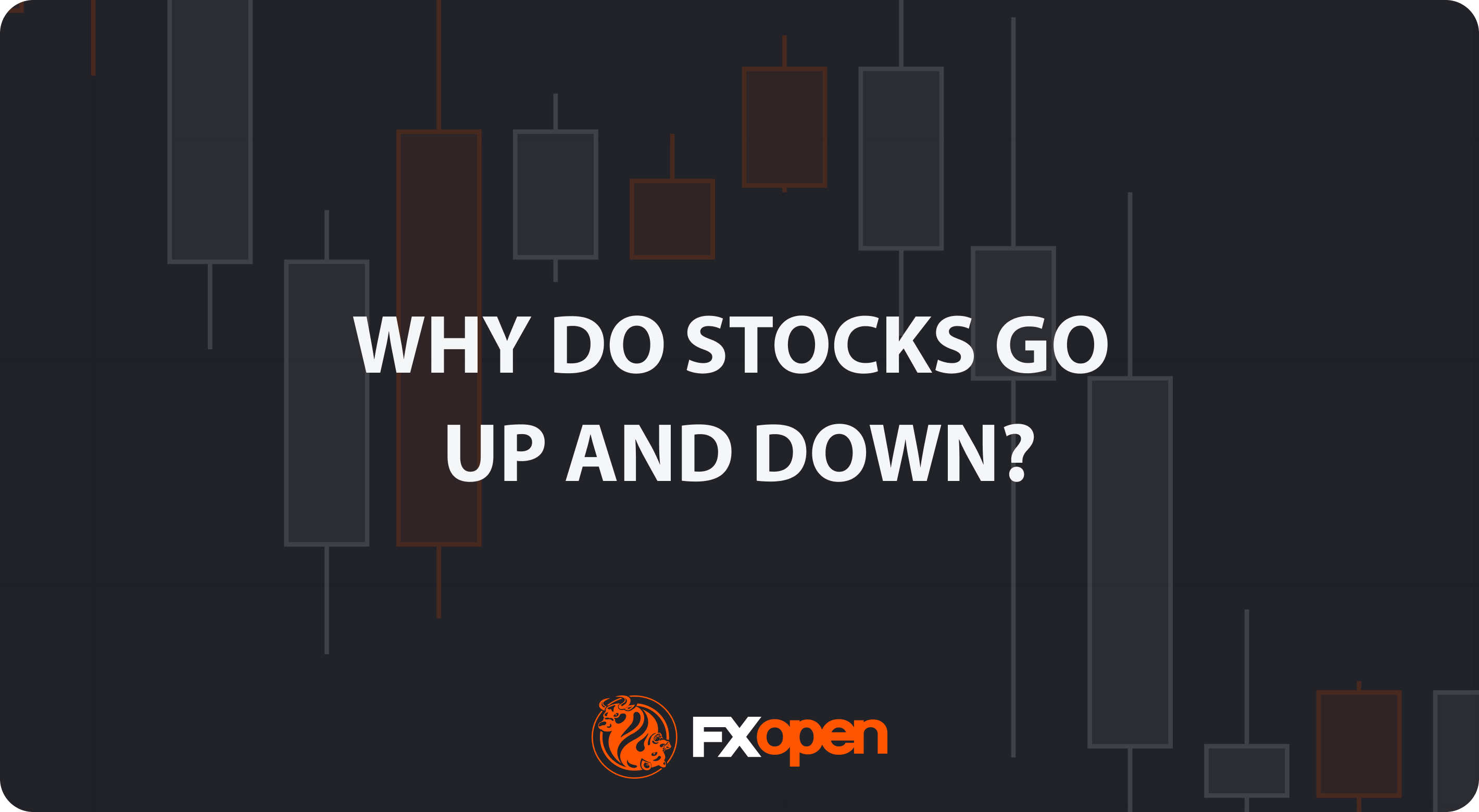FXOpen

When trading, you may encounter multiple risks. An asset may suddenly change its price trajectory as its value may be affected by external or internal factors. But if you look more globally, not at each asset individually, but at the portfolio as a whole, you can implement diversification strategies. Different assets react differently to changes in economic conditions, market sentiment, and political issues. With proper management, diversification techniques will help balance your portfolio.
In this FXOpen article, learn how to diversify your portfolio and how doing so can change your trading path, allowing you to control your risk across a variety of assets.
What Does It Mean to Diversify Your Portfolio?
Portfolio diversification means allocating investments across different assets to create a solid defence against market turbulence. Diversification is not just about not putting all your eggs in one basket; it’s about making informed decisions and creating a balanced set of assets that define your future trades. It’s also about maintaining balance, changing the composition of your portfolio depending on market conditions, and being attentive to each asset class.
When traders open an FXOpen account, they get access to an expansive selection of forex currency pairs and Contracts for Difference (CFDs) with various assets. If you trade CFDs on several asset classes — stocks, indices, ETFs, commodities, and cryptocurrencies* — you can diminish the impact of a single asset’s stumble on your entire portfolio.
Why Is It Important to Diversify Your Portfolio?
Think of diversification as your defence against the unpredictability of markets. It’s your secret weapon for levelling the playing field. You embrace the power of risk mitigation when one losing trade won’t hurt your entire portfolio. This makes your trading more predictable.
Here’s why portfolio diversification holds such importance:
- Diversification shields you from significant losses that could arise from overexposure to a single market.
- When some assets dip, others may rise, helping to balance out the fluctuations and maintain more consistent returns over time.
- Diversification allows you to tap into various investment opportunities across different sectors and markets.
- Diversification allows you to customise your portfolio according to your risk tolerance. Conservative investors can choose a portfolio that prioritises stability, while those seeking higher returns can include riskier assets.
- Diversification is a way of hedging against uncertainty. It can’t eliminate risks, but it reduces the impact of individual investment setbacks.
How Do You Diversify Your Portfolio?
Diversifying your portfolio involves a systematic approach to spreading your investments across different asset classes, industries, sectors, and geographic regions. Traders and investors aim to reduce risk and enhance potential returns. We’ve compiled insights on how to effectively diversify your portfolio.
Assessing Risk Tolerance
Diversification isn’t just about assets – it’s about you. As a rule, traders start by identifying their risk tolerance. This way, they can navigate the diverse terrains of trading, aligned with their comfort zones, ensuring increased security. You may assess the risk associated with each asset with precision to feel more control over your portfolio.
Setting Clear Goals
A journey without direction is a journey without purpose. Consider forging your goals, for example, defining your desired growth or income. With the TickTrader platform, you can find instruments and graphs that help traders with technical analysis. By studying the previous performance of assets, you will be able to set a target for the future.
Choosing Different Asset Classes
Thorough research is your compass. With a variety of trading tools, you can examine performance, management quality, and volatility rates to help you select assets. You can dive into forex, cryptocurrencies*, and commodities or diversify within one market. For example, one of the best ways to diversify your stock portfolio is to make investments across sectors — you can choose various areas of the stock market, including technology, finance, energy, or the food industry. FXOpen offers a wide range of assets, allowing you to create a set that matches your aspirations.
Determining Allocation Percentages
Balancing risk and reward is a critical competence. The theory is that you should allocate assets wisely, tailoring your portfolio to your risk appetite. Usually, experienced market players don’t invest all their funds in only those that are too risky or too steady. Finding what percentage of both you would like to have is important. Our platform has no limits on the number of trades you can open, so you can tailor your choices to conservative or aggressive strategies.
Monitoring and Rebalancing
Regular reviews help traders and investors stay ahead of market shifts. Watch how asset values change and how market sentiment affects them, and close trades if assets don’t meet your risk tolerance requirements.
Consider using rebalancing strategies to bring your portfolio back in line with your target asset allocation. Learn about different techniques, for example, time or threshold-based rebalancing, to make your approach consistent.
Final Thoughts
Remember that diversification is not a one-time solution. The set of assets in your portfolio will change; it should be monitored and adjusted to the current market situation with an eye on the risks associated with trading. Ensure that your portfolio remains resilient and your path towards financial goals is navigated with precision. If you are ready to diversify your portfolio, you can explore the FXOpen platform to find out what assets are available.
*At FXOpen UK and FXOpen AU, Cryptocurrency CFDs are only available for trading by those clients categorised as Professional clients under FCA Rules and Professional clients under ASIC Rules, respectively. They are not available for trading by Retail clients.
This article represents the opinion of the Companies operating under the FXOpen brand only. It is not to be construed as an offer, solicitation, or recommendation with respect to products and services provided by the Companies operating under the FXOpen brand, nor is it to be considered financial advice.
Stay ahead of the market!
Subscribe now to our mailing list and receive the latest market news and insights delivered directly to your inbox.








